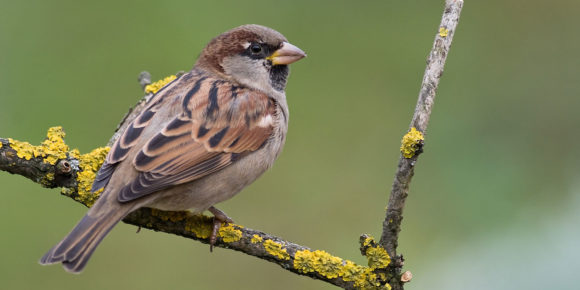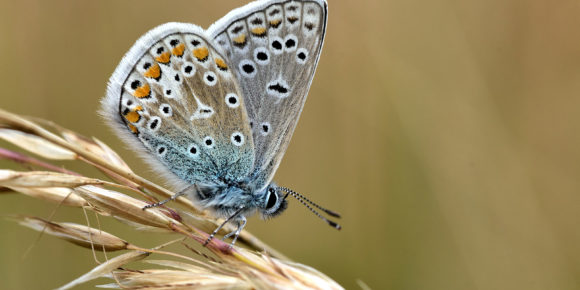Wildlife in St John’s Churchyard
St. John’s Churchyard’s biodiversity is constantly changing. Potters Fields Management Trust took over the management of St. John’s Churchyard from Southwark Council in 2017 and has been undertaking improvement works to enhance the Park’s biodiversity and encourage more species to inhabit the Park.
In 2020 St. John’s Churchyard has undergone significant refurbishment, in order to make the park a more inviting place for humans and wildlife alike. Works include the provision of more inviting wildflower and wetlands displays, a community allotment bed (opening in 2021) and the installation of two bug hotels.
“A number of common species including wren, blackbird and robin are nesting in St. John’s Churchyard. This is because the site contains suitable nesting habitats, in the form of scattered trees and dense shrubs, and juvenile species of these birds were present during all three surveys.”
The Ecology Consultancy
Wildlife

Birds
St. John’s Churchyard is a haven for small nesting birds. Its large London plane trees offer optimum shady spots for the likes of wrens, blackbirds and robins. The park is also home to three bird species of significant importance to the conservation of biodiversity in England, including the house sparrow, dunnock and starling.

Insects
The park’s ornamental herbaceous planting scheme (most notably, the rain garden) is home to a host of insect species.
28 species in total were recorded from one rain garden sample, including a rich abundance of honey bees and butterflies. The installation of a new bug hotel in 2020 will further encourage small insects to thrive in the park and, in turn, provide vital feed for the nesting bird population.

